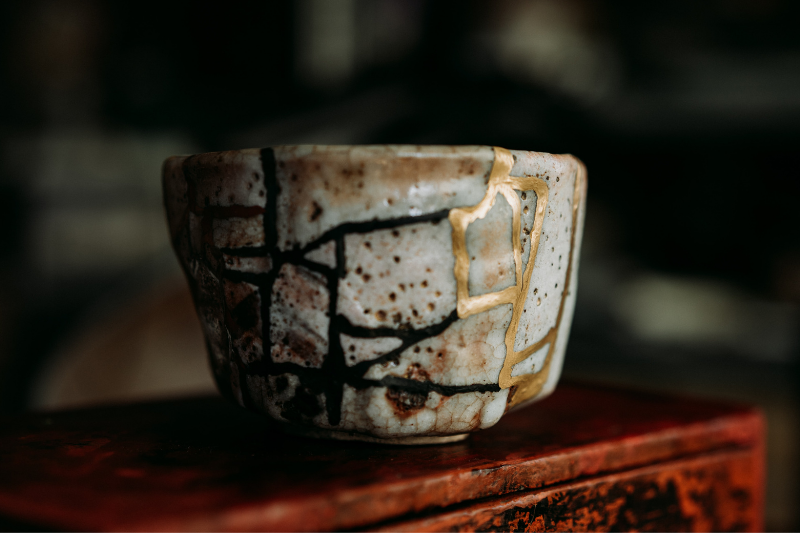A Simple Guide to Tea Blending
28th Oct 2021

Tea blending is the process of combining different teas to create a new product. Traditionally when we speak of ‘blends’ we are usually referring to the combination of black teas, but there are lots of exciting recipes that involve herbal and fruit teas alongside tasty and complimentary ingredients.
Commercial or Signature?
According to Linda Gaylard’s, ‘The Tea Book’ a good way to comprehend tea blending is to view it as having two distinct categories.
Firstly, there is commercial blending. This involves blending up to 30 and
sometimes 40 different types of tea from separate regions and seasons.
Most of
your everyday cuppas are blends rather than teas of a single origin. The most well-known
are English Breakfast – which is a blend of Assams, Ceylon and Kenyon teas and of
course the classic Earl Grey which is a blend of Ceylon teas along with fresh Sicilian bergamot oil.
This sophisticated process enables tea sommeliers to establish a well-balanced flavour and consistent quality for a large marketplace. With climate change affecting the yield and quality of teas such as Darjeeling, this process will become even more important in years to come.
Then we have what are known as signature blends. These on the other hand are much more creative and experimental. They can still involve using teas from different regions but also adding ingredients such as dried fruits, spices, oils and flowers.
Try it at Home
The process of blending at home is very simple. Just add your teas and ingredients to a large glass cylinder or jar with a lid. Be gentle, this isn’t like shaking a cocktail. Many tea blenders like to use a twisting or rolling motion. It is important that there is ample room for the tea leaves to move around and mix thoroughly.
Quantities will depend on the tea that you are making and number of ingredients you are using, but remember this is about your personal preference so feel free to break the rules. We recommend blending small amounts to begin with. This will allow you to play around until you get the perfect combination.
Why not try some of our easy blends to get you started:
Smoky Earl Grey
This traditional recipe dates back to 1935, when Fortum & Mason were asked by Buckingham Palace to create a tea with ‘real oomph’. We sell a version of this ready-made but it is a nice blend to make yourself.
Ingredients and ratios:
For 1 cup use -1 tablespoon of Earl grey, + 1 teaspoon of Lapsang Souchong - if you want to be truly authentic then you can add a pinch of Gunpowder Black tea.
Peppermint & Gunpowder Green Tea
Mint and green tea are a winning combination. Refreshing and
excellent for digestion. This blend is perfect after a large meal or first
thing in the morning to boost your metabolism.
Ingredients and ratios:
This recipe is easy as it requires equal parts - For
one cup use 1 teaspoon of Gunpowder green tea + 1 teaspoon Peppermint (whole
leaf).
Masala Chai
If you are feeling adventurous you may be ready to try Masala Chai. This spicy and aromatic blend is hugely popular in India, and growing in popularity across the globe.
Ingredients and ratios:
For approximately 3 cups use -
- 3 tablespoons of a rich Assam
- 1 teaspoon of cinnamon
- 1 teaspoon of whole cloves
- 1 teaspoon of grated ginger
- 1 teaspoon of black pepper
- 6 to 8 pieces of cardamom
This is a little more involved than the other blends so you may like to follow our full recipe from a previous blog post.
Final thoughts
Signature tea blends can be a great way to create and discover new teas and flavour combinations. They also make wonderful and thoughtful gifts. Many people give handmade Christmas blends to friends and family and couples are offering them as eco-friendly wedding favours.
Tea blending will involve a bit of trial and error but that is half of the fun. It isn’t as challenging as you may think.

